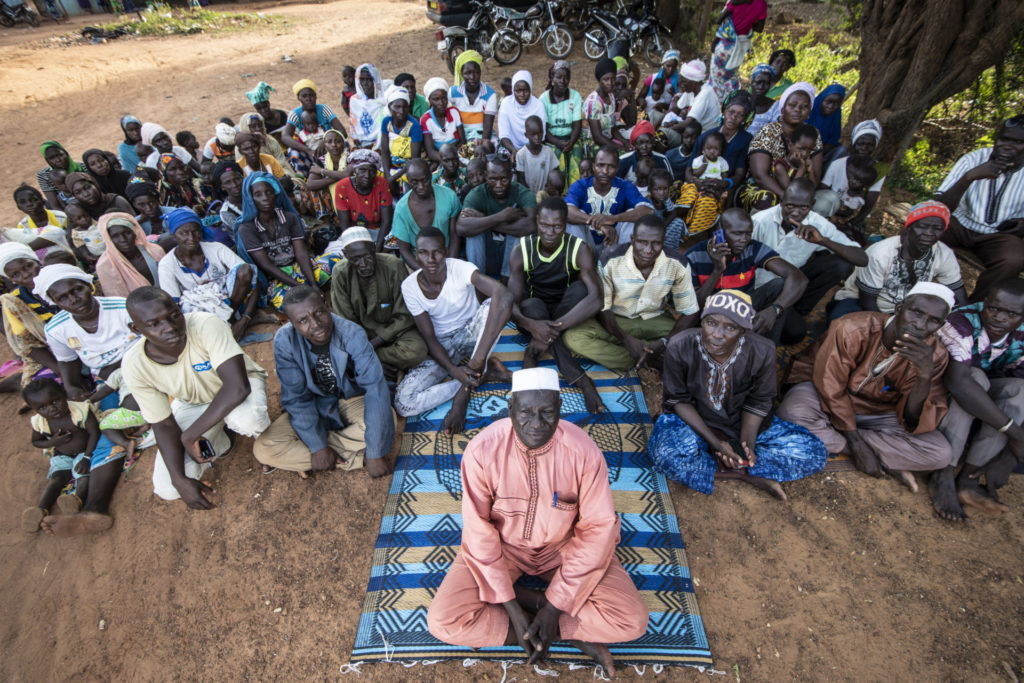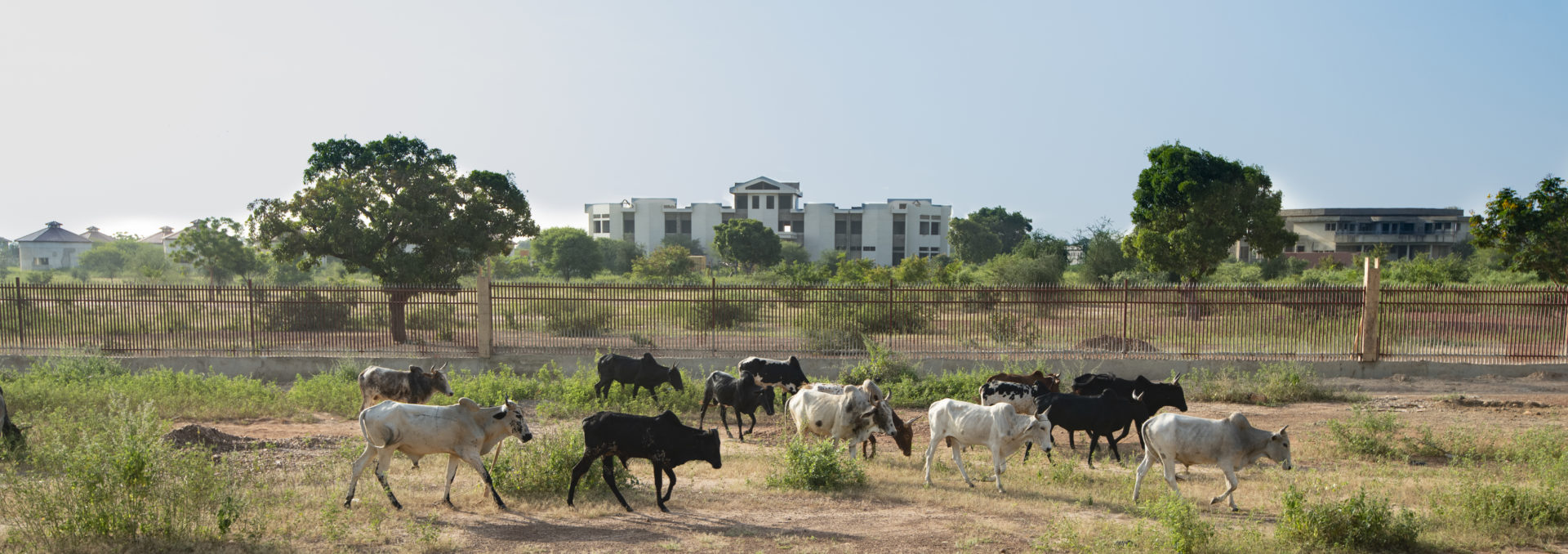On the Cusp of Famine
Written by Will Brown | Published: June 14, 2021
Caught between jihadists and climate change, the region faces an almighty humanitarian crisis. Will Brown reports from Burkina Faso. Pictures by Simon Townsley. Originally published by the Telegraph.
“Nowhere scares me more than the Sahel … we are close to a tipping point.” Caught between jihadists and climate change, the region faces an almighty humanitarian crisis.
The malnutrition ward is so packed that staff are using broken incubators to block the corridors and stop the ward becoming completely overwhelmed by mothers and their starving children.
Rasmata Cisse, a tiny five-year-old, is standing in the corridor, her legs so emaciated they look like they could snap at any moment.
The wards around her in Kaya central hospital in northern Burkina Faso are full of children who are lying three to a bed.
One boy is curled up, his skin covered in sores and infections from the hunger, moaning in pain. Another lies shivering, eyes closed, blood leaking out of his ear from an unknown infection.
The women sitting on the floor next to their starved children say they feel helpless. Their stories vary, but fundamentally they are the same: Masked gunmen came to their villages and drove them away from their crops and animals. Now they have nothing to eat.
“We fled the men with guns in the village. Now we are not eating enough. I have no milk left in my breasts to feed my son,” says Ousseni.
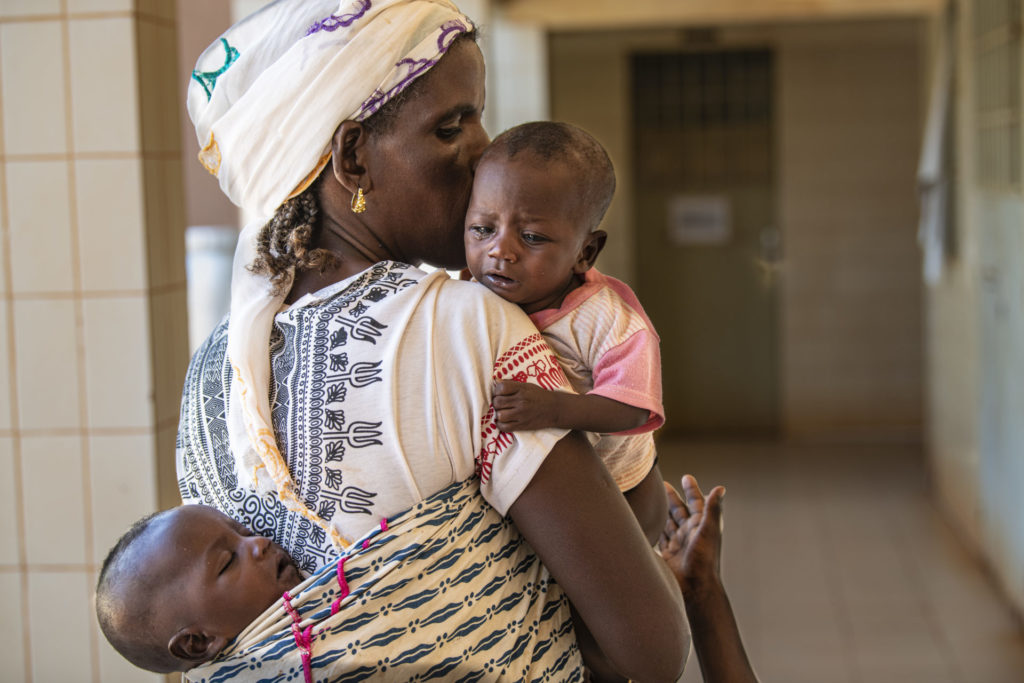
Dr. Dabíré Germain, the hospital’s head pediatrician, looks exhausted—his ward is running at 130 percent capacity, and he is short of almost everything, including doctors.
“The health centers in many villages have been closed because of the fighting. So a lot more people are coming here to the central hospital,” says Dr. Germain. “I just don’t understand. The population is so impoverished. Why are they being attacked?”
Across the vast arid Sahel region, south of the Sahara Desert, a fierce war with jihadists allied to Al Qaeda and Islamic State has displaced millions of people.
The flood of refugees and internally displaced people (IDPs) are now beginning to overwhelm the impoverished nations of the Sahel which are already struggling with a lack of jobs for their booming populations, climate change, and cyclical bouts of mass hunger.
These problems have combined to create one of the most complex and rapidly expanding humanitarian crises on earth, a crisis that is only getting worse.
In the landlocked nations of Burkina Faso, Mali, and Niger—which have a combined population equal to the UK—some 7.2 million children need humanitarian assistance, according to UNICEF.
Aid workers struggle to get access to many parts of the region, fearing either improvised explosive devices or random attacks. Humanitarians now say they are struggling to see a solution amid ever-escalating violence from an array of armed groups.
Burkina Faso, Cameroon, Chad, Mali, Niger, and northeast Nigeria are at “a true epicenter of conflict and insecurity, weak governance, chronic underdevelopment and poverty, demographic pressures, and climate change,” Mark Lowcock, [the United Nations Under-Secretary-General for Humanitarian Affairs and Emergency Relief Coordinator], said in October.
“Nowhere scares me more than the Sahel,” Mr. Lowcock added. The region “is very close to a tipping point—and so, by extension, are its African neighbors, Europe, and the world.”
“There are few regions in the world that worry us as much as the Sahel, because of this lethal cocktail of climate change and endless, escalating conflicts and a large generation of youngsters who have no hope of a better life,” Jan Egeland, the Secretary General of the Norwegian Refugee Council, told the Telegraph.
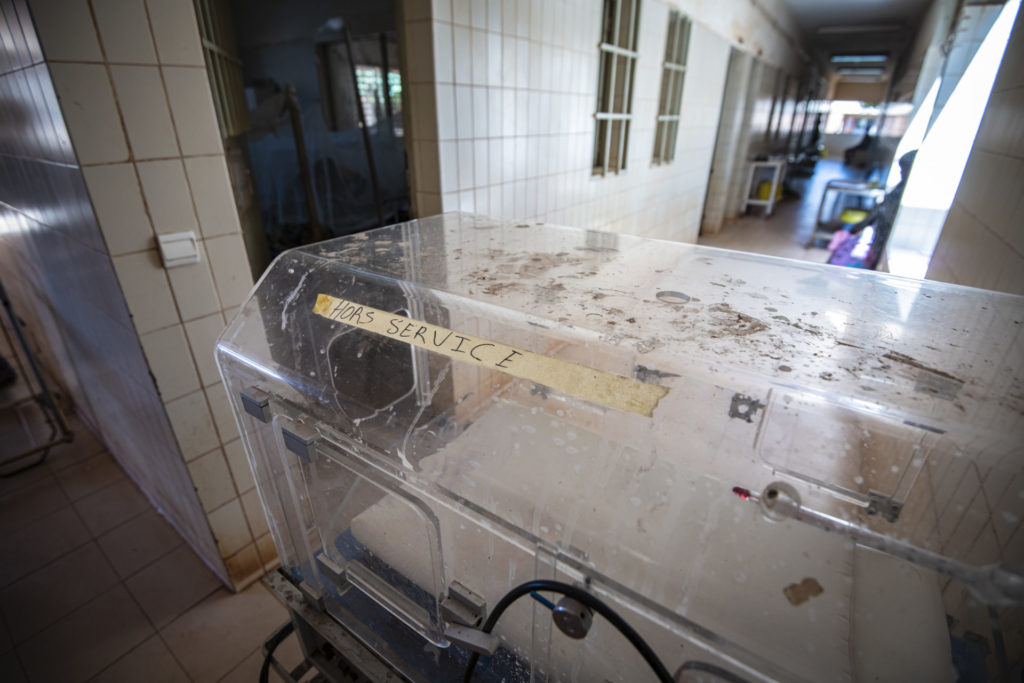
Hunger is perhaps the most pressing issue for the displaced masses. Farming in the Sahel is almost completely done by hand by smallholder subsistence farmers. Long before the jihadists came, many of these farmers were facing inconsistent rains, depleted soils, and desertification. An estimated 80 percent of the region’s farmland is already degraded, according to the UN.
At the same time, a growing conflict between herders and farmers over arable land has been exploited by jihadists. This has created a dizzyingly complex communitarian layer to the war against the extremists. As government forces have retreated out of rural areas, ethnic self-defense militias, traffickers, and extremists have sprung up to fill the void, meaning many villagers are now simply too scared to return to their fields for harvest.
The human debris of the war is all around cities like Kaya. The dusty city was home to around 80,000 people in 2012. But since 2016, tens of thousands of people seeking a modicum of safety have walked into the city, and its population has ballooned.
Awa Sawadogo, a woman in her mid-30s, sits on a plastic chair in a small aid distribution center in Kaya, breastfeeding a baby who is not hers. The mother is a relative who has not been able to produce milk since her family fled their home earlier this year, she explains, stroking the child’s head.
Ms. Sawadogo comes from a village near the town of Arbinda in Burkina Faso’s Soum Province. The northern region, which borders Mali, has seen heavy fighting with jihadists allied to the Islamic State in the Greater Sahara. She says the village was attacked twice by around 40 to 60 masked men on motorbikes, who shot at everyone they saw. “They killed many, many. The first time they attacked, they killed nine people. The second time they killed five.”
She trekked for days through the bush with dozens of other survivors. On the way, one 19-year-old woman who had recently given birth to a baby died suddenly in the night. “It was the fear,” Ms. Sawadogo says simply.
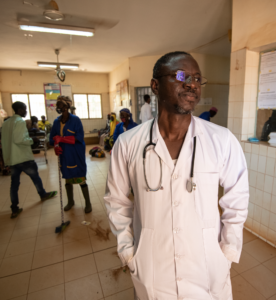
Now, more than 7 million people face acute hunger in Burkina Faso, Mali, and Niger as armed groups cut off access to supplies and farmland, according to the World Food Programme (WFP).
Burkina Faso has deteriorated the fastest. Six years ago, the country was one of the most peaceful states in Africa and had never seen a terrorist attack. Now, more than a million Burkinabes have been displaced. Thousands of schools have been closed in rural areas because the extremists have targeted and killed teachers who teach Western subjects like French.
And aid workers say half a million Burkinabe children under five are acutely malnourished. In October, WFP officials said that over 10,000 people were “one step short of famine.”
The food crisis is likely only to get worse in the coming years. Officials see the region as a canary in the coal mine for climate change. The Sahel regularly hits temperatures above 40°C, but some climate scientists believe this could rise 3 to 5°C warmer in 30 years.
Displaced Sahelians find themselves with practically no social safety net other than humanitarian and religious organizations, family members, and well-meaning strangers. One traditional healer in Kaya has gone above and beyond the call of civic duty. Two years ago, Ragnoubou Zaonao opened his small home to 85 people who had fled the fighting in their village of Dablo.
The displaced people now live alongside 14 members of Mr. Zaonao’s own family under a few shelters in his dusty, litter-strewn compound. During the day, the men go out to find jobs in construction, while the women cook what food they have.
Sitting in the shade of a tree, in front of the mass of his cross-legged guests, the impoverished 60-year-old mystic chortles at his water bill and the smell from his constantly blocked squat toilet.
But his jolliness subsides when he starts to talk about the war just beyond the city’s borders. “I feel so sad to think that human beings can do this to other human beings. We don’t know where this hatred started,” he says. “These people have nowhere to go. No food and no place to sleep. We have got no help from the government.”
When asked how many people they saw killed, the crowd of men, women, and children behind Mr. Zaonao take their time to count. Eventually, one man says they have seen more than 20 people killed by attackers. When asked who they think attacked them, no one answers.
One elderly man sitting next to Mr. Zaonao pipes up over the throng of voices: “We are scared. Whoever attacked us could come here. A day is enough for them to ride into town.”
“I am not optimistic that there will be peace. To return to my land means I’m going to my death.”
